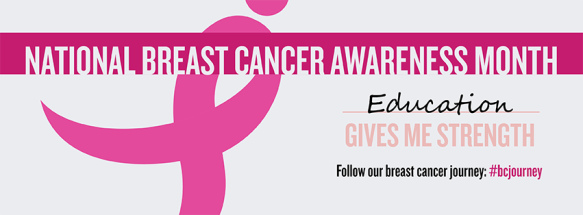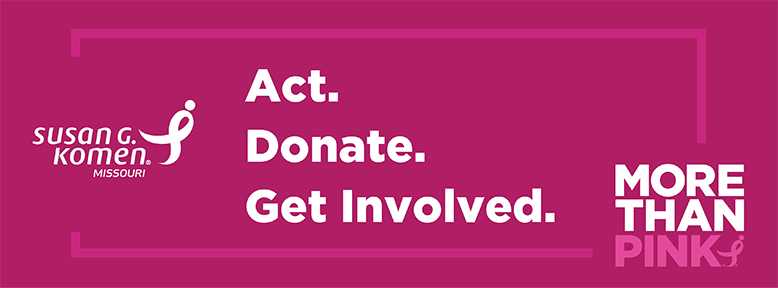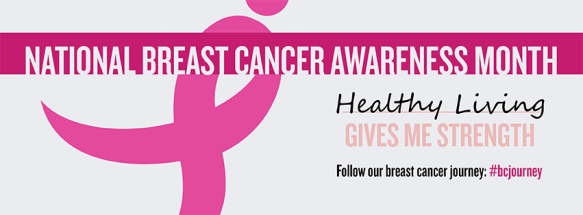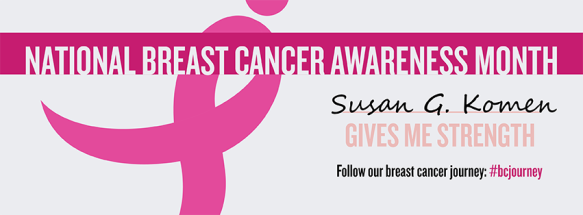 Mammography is a screening tool that uses X-rays to create images of the breast. These images, called mammograms, are used to find early signs of breast cancer such as a dense mass or clusters of calcium.
Mammography is a screening tool that uses X-rays to create images of the breast. These images, called mammograms, are used to find early signs of breast cancer such as a dense mass or clusters of calcium.
Mammography is the best screening tool for breast cancer used today. It can find cancers at an early stage, when they are small (too small to be felt) and the chances of survival are highest.
X-ray images of the breast can be captured on film or stored directly onto a computer (digital). Film and digital mammography are similar in their ability to detect breast cancer. Because digital images are viewed on a computer, they can be lightened or darkened, and certain sections can be enlarged and looked at more closely. This ability to control the images on a computer makes digital mammography more accurate than film mammography for some women. And, because the images are stored on a computer, they can be shared more easily with another radiologist for review.
Guidelines for people at average risk vary. Most major cancer organizations, including Susan G. Komen, recommend that mammograms begin at age 40 for women who are at average risk for breast cancer.
Women who are at a higher risk for breast cancer should speak with their doctor about their personal screening recommendations. Some women ages 70 and older stop regular screening. Susan G. Komen recommends that women who are in good health and could benefit from treatment (if breast cancer were found) should continue to get mammograms.
At any age, if there is any question about whether you should have a mammogram, talk to your health care provider.
Learn more: http://ww5.komen.org/uploadedFiles/Content_Binaries/806-375.pdf
We’re celebrating National Breast Cancer Awareness Month for the next six weeks. Connect with and follow Komen St. Louis and use the hashtag #bcjourney to join in the conversation.



